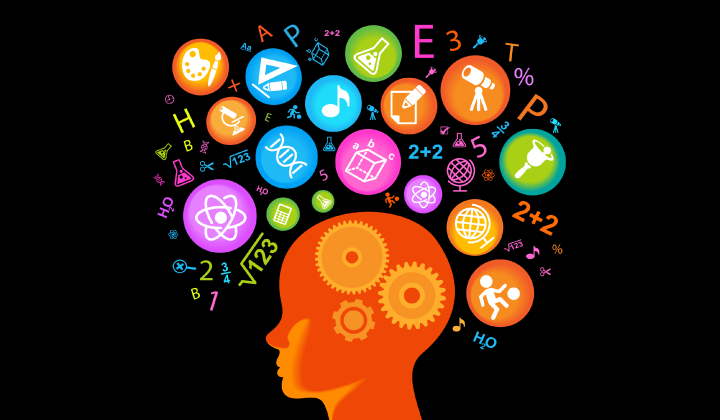What all brain owners should know about brain-friendly learning
Latest Posts • October 3, 2016

Different people learn in different ways, right? Well, using the way that works best for you can be called brain-friendly learning.
Brain-friendly learning is a very holistic approach to learning. It is based on neuroscientific research and offers methods that model the way the brain actually learns and functions.
Vera F. Birkenbihl, a German pioneer in holistic and brain-friendly learning, who I’ve written about in my book “Unleash the Secret of Education and learn how to raise a happy child,” researched this topic thoroughly and illustrated it in numerous publications.
In her best-selling book “Stroh im Kopf,” she distinguishes between two types of people and says: “Everyone is a brain owner, but not everyone is a brain-user!” (Vera F. Birkenbihl)
Thanks to MRI brain imaging techniques and the ability to “watch” the learning process as it unfolds, we now know exactly how the brain learns best — and therefore how to become a successful brain-user.
MRI brain imaging shows that the more actively we’re involved in our learning — including physical activity because exercise boosts brainpower — the more likely we are to remember it.
We learn best when all five senses (taste, smell, vision, hearing, and touch) are addressed and both sides of the brain activated. The following five factors further improve the learning process: Novelty, significance, emotion, attention and motivation.
In order to support students in their learning, Modern Music School teachers:
-
Make learning interesting and challenging. As human beings, we’re naturally curious and respond well to unexpected and surprising experiences and information. Surprise and novelty are real attention-grabbers and something our brain craves.
-
Make learning meaningful and relevant to the lives of our students. In order to retain learned information, we have to integrate the new material and make connections between what we’ve just learned and that which we already know.
-
Create a safe, secure and comfortable learning environment. A respectful teacher-student relationship (probably the most important factor of them all) coupled with fun learning experiences enhances our mood and capacity to learn.
-
Make sure that these factors — novelty, significance and emotion — are met because then students naturally want to pay attention.
-
Let students have a say in what they study and how to go about it. Lessons that center around student’s natural curiosity and interests will ensure high levels of intrinsic motivation.
By follow these 5 principles of brain friendly learning we get our students’ brains in gear. We create learning experiences that are relevant, novel, multisensory, and challenging enough to stretch our students’ current abilities.




Leave A Comment